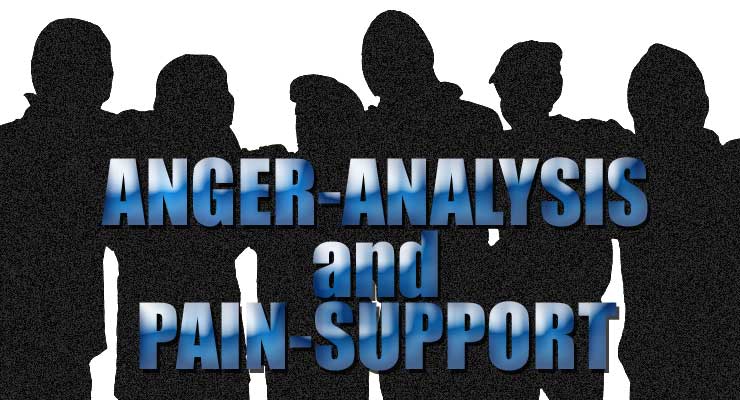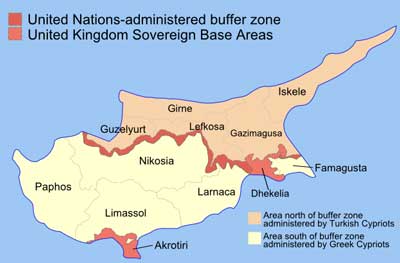
Reinvention is the key and peacemaking is the heart of today’s revolution
For all social conflict, I believe in the overwhelming power of face-to-face dialog. In terms of strategy and actions, building peace requires fixing government. In terms of lifelong transformation, changing hearts and minds only occurs through face-to-face dialog.
In this short article, I revisit the chapter titled “A Science of Peacemaking” from my first (1988) book, Peacemaking: A Systems Approach to Conflict Management.
A Science of Peacemaking
My professional career started with a focus on the group dynamics of conflict resolution. I now distinguish between the activities of peacebuilding and the psychological dynamics of peacemaking. Peacebuilding is active; peacemaking is psychological.

Peacebuilding is the full range of activities that aim to reduce violence and conflict. Peacebuilding is a gang truce or a regional ceasefire or international peace talks. Peacebuilding is a summer jobs program that teaches young people how to work in teams and contribute to a community; or a program that trains peer mediators in middle schools; or “violence interrupters” who work to prevent conflict in a gang-torn neighborhood.
Peacemaking is a new awareness or a change of heart. Peacemaking is the personal decision to behave differently, to stop doing harm, to reach for something more than expected. For some, peacemaking is to forgive or at least move on from past pain. Peacemaking only emerges from the dynamics of face-to-face dialog.
The content of the conversation – what gets talked about – can vary tremendously. Dialog may focus directly on the conflict. Or the conversation may be indirect such as might occur when people who would normally never meet start to talk together about how to repair hurricane-damaged homes.
An example provided by Ambassador John W. McDonald highlights a potent moment in a conflict resolution training on Cyprus that had brought together Turkish Muslims from the North and Greek Christians from the South. Over 8 years, the Ambassador’s Institute for Multi-Track Diplomacy had trained 2,500 Cypriots in conflict resolution.
In this particular instance, 35 people were sitting in a circle and the Ambassador asked for each person to say their first name and describe why they had came to the training. Halfway around the circle a man spoke up:
I’m a medical doctor. I’ve hated the Greek Cypriots all my life because they killed both my parents. I want to tell you a story. I continued my education after my parents died and became a medical doctor. I have a wife and a 10 year-old son. The other evening, I went to kiss him goodnight and found lying next to him a long, toy wooden rifle. ‘Why do you have a wooden rifle in bed with you?’ I asked. ‘To kill the Greek Cypriots when they come after me,’ he said. I learned a powerful lesson in that moment and I’m here to say I forgive the Greek Cypriots who killed my parents and I want to learn new skills to pass on to my son.
This was a powerful moment for everyone present and the beginning of a strong bond for this particular group.
The dynamics of peacemaking may also flow from discussion about specific behaviors or new learning in a way that is not so deeply emotional yet still reflects life-changing awareness. When some young people on probation were asked what they learned about working in teams to help renovate storm-damaged homes, the answers varied:
I learned to ignore people who give me a hard time when they see I am dressed to go to work. I learned when I introduce myself to look people in the eye and say my whole name. I learned I could be respected and appreciated by people I didn’t know because of the work I did. I learned to measure twice and cut once. I learned I could stop being angry all the time and think about what kind of work I wanted to do.
These are also powerful moments of awareness that came from a particular shared experience.

Patterns of Balance, Rhythms of Harmony
The psychology of peacemaking considers individual, group and cultural dynamics. The group dynamic was always the fascination for me. To see the group process, you have to shift your level of observation from Shirley in the group to the group-as-a-whole. You shift from listening to Shirley to listening to the group dynamic. We have to step back to find the group dynamic. There we see the larger patterns – group anger, blaming and scapegoating, revenge, anger towards authority, splitting into sub-groups or gangs or tribes, showing support, healing old pains and peacemaking itself.
My 1970s doctoral research looked at these larger dynamics in more detail. I investigated the basic building blocks of group dynamics. I studied categories of words spoken in 8 experimental face-to-face groups. For example if someone said the word “hate” that would go in the ANGER category; “understand” went in the SUPPORT category; “loss” or “killed” in the PAIN category.
My final interpretation of the data analysis showed the pairing of opposites: ANGER attracts ANALYSIS, PAIN attracts SUPPORT, and STRESS attracts ACTION. I also found that after about 6 hours of dialog, I and ME are less frequent and words such as WE and OUR are used more frequently.
A good facilitator knows all this. When someone in the group voices anger, another group member will often ask, “What is your anger really about?” Anger attracts analysis. When someone shares a story about personal pain, others respond with support: pain attracts support. After talking about a specific conflict and the stress of continued confrontations, a good mediator helps the group shift to defining actions that provide solutions: stress attracts actions.
And over time, individuals in a group discussion develop a shared bond. You hear less “I think” or “I want” and more “our idea” or “we could.” Words that reflect a more mature stage of group identity increase over time.
My conclusion: The basic building blocks of group dynamics are paired clusters each with the potential for balance.
There was more. I had moved west in the early 1980s, drawn to the intellectual climate in Berkeley, California and there I found the language of quantum physics. The physical universe is awash with opposing patterns: particle and wave, matter and energy, time and space. These patterns merge into, transform each other and emerge from a shared field of energy.
In the psychological universe, opposing patterns are also commonplace – the patterns of balance found in face-to-face dialog. I came to believe this: People joined together in face-to-face dialog generate a shared field of energy. As face-to-face conversation moves along, visible to keen observers and also well beneath the surface, group patterns constantly emerge, connect, transform and dissolve into this shared field of energy.
The language of physical fields in nature became metaphors for the dynamics of group dialog. Here I found the last piece that let me finish my first book.
Along with the words and patterns of group dynamics, in conversation, we both assert our unique views and identify with the group. We find our individual voice and relate to the group-as-a-whole. This rhythm of separating and belonging unifies individual and group identity. In the psychological universe of face-to-face dialog, patterns of balance emerge from a field of energy along with a dynamic symphony of separating and belonging, experienced as a rhythm of harmony.
Here finally was my theory of peacemaking: People joined together in face-to face dialogue tap patterns of balance and rhythms of harmony across multiple levels of awareness. The patterns and rhythms of group dynamics drive those transformational moments of great meaning that can only happen in face-to-face discussion.
Nearly 40 years after my doctoral research on group dynamics, my conviction about the power of face-to-face dialog has only grown stronger. Any set of strategies that intend to reduce and prevent conflict and violence anywhere in the world must include many kinds of face-to-face dialog. Dialog to stop the violence and dialog to carry on peacebuilding and maintain reconciliation. The dialog I propose means bringing together people on different sides of a conflict into community discussions about ways to reduce that conflict and repair or strengthen local communities. The key is working together on shared solutions for shared problems.
The power for transforming hearts and minds lives within the group dynamics and beneath the surface of face-to-face dialog. Only in that place can we find the patterns and rhythms of peacemaking.
dr pankaj naram says
I’m pretty pleased to find this great site. I need to to thank you for ones time due to this fantastic read!!
I definitely loved every bit of it and I have you bookmarked
to check out new stuff on your web site.